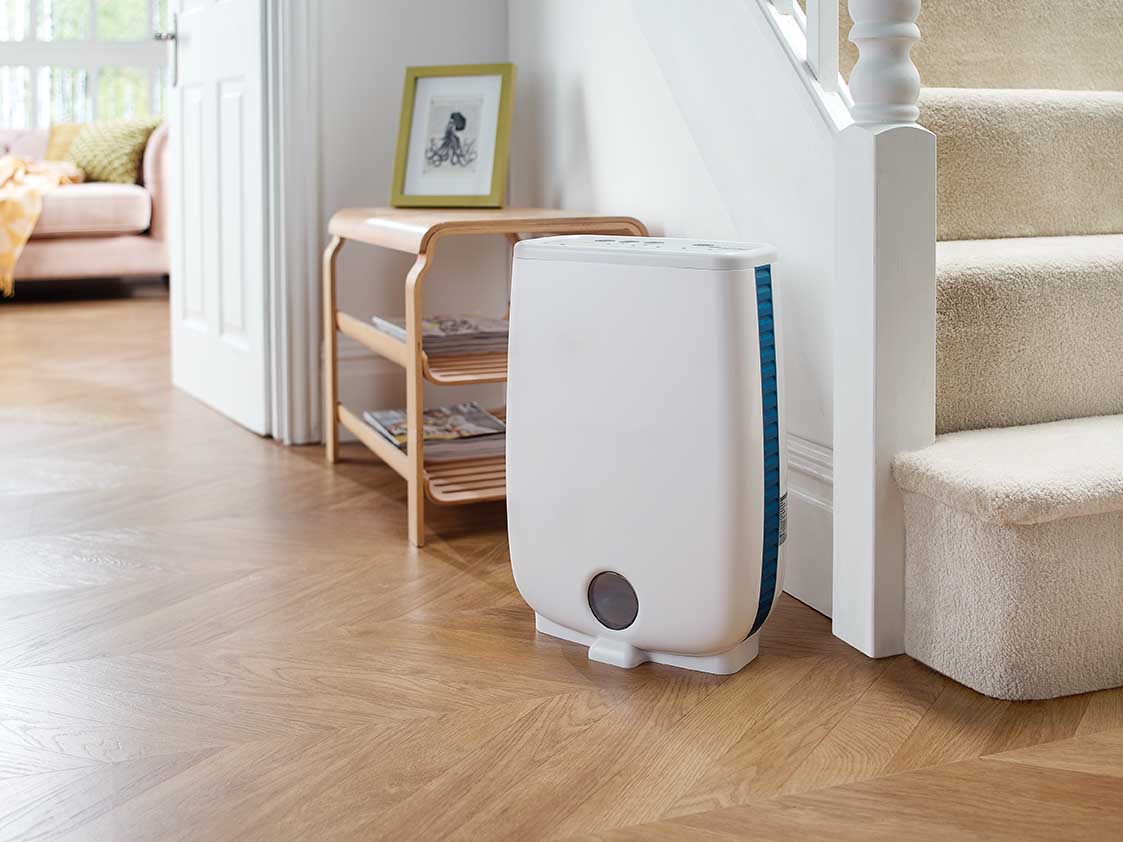
As we move through the winter season, temperatures drop, and the occurrence of condensation within our homes increases. Condensation poses a risk of leading to damp and mould if not addressed, with potential negative consequences for both health and home.
Condensation is caused by elevated moisture levels from daily activities such as showers, baths, boiling kettles, cooking, drying clothes, and even breathing, that appears as water droplets on windows.
In the winter we tend to seal our homes by closing windows and doors, inadvertently trapping the damp air inside. Mould thrives in damp, poorly ventilated conditions which makes it especially challenging for households to keep on top off during the colder months.
Opening the windows allows for some exchange of air, displacing an amount of the damp air. However, letting in this cold air can actually make condensation worse, as cold air that comes into contact with warm indoor surfaces causes condensation to form.
With heating bills at record highs, replacing precious warmth for cold draughts is an expensive and ineffective way to deal with condensation.
Why a desiccant dehumidifier is a wise choice in winter

Dehumidifiers have been very incredibly popular purchases in the UK since the cost-of-living crisis begun. With many households turning away from costly tumble dryers, a dehumidifier helps save on average £1 per load when drying wet washing.
The dehumidifier removes the moisture from the air inside the property. Preventing condensation from forming, helping to protect the fabric of the property and its occupants from the effects of damp and mould. Which means that households no longer need to open windows to let out damp in the colder months.
The two most common types of dehumidifier are compressor and desiccant. The key to understanding which type is most suitable for your home is to find out the ambient indoor temperature. Over 15 degrees Celsius is suitable for compressor dehumidifiers as they use a cold surface to attract damp air that condenses into water that is collected in its tank.
Some homes, especially older, larger ones, experience an average indoor temperature of under 15°C during the colder months. This is caused by characteristics including insufficient ventilation, poor natural lighting, cold draughts, stone walls, cold floors, single glazing and outdated heating systems.
In colder homes a desiccant dehumidifier is more beneficial than a compressor type at preventing condensation, damp and mould. Here’s four reasons why:
- Energy efficient in low temperatures – Desiccants can maintain efficiency without a significant temperature increase unlike compressors which have to work harder in colder temperatures. They can also be affected by frost. Desiccant dehumidifiers do not rely on refrigeration coils and can effectively remove moisture in colder climates without the same limitations.
- Warms up the room – Desiccant dehumidifiers naturally emit heat as they operate, producing air that is 10-12 degrees warmer than the current room air. By drying and heating the damp cold air, the room feels warmer. Warm air is cheaper to heat than damp air which helps save on heating bills.
- Quiet operation – Desiccant dehumidifiers don’t have a built in compressor. At low fan speed the noise is exceptionally quiet, remaining unobtrusive to the occupants of the home.
- Lighter and compact – Desiccants models are typically lighter and smaller appliances which makes them easier to move round the house. This flexibility is useful when having to move the dehumidifier into a smaller room to dry wet washing or in homes with several rooms separated by doors or walls. I.E conservatories, basements, utility rooms.
To find out more about Meaco’s range of desiccant dehumidifiers please visit:






